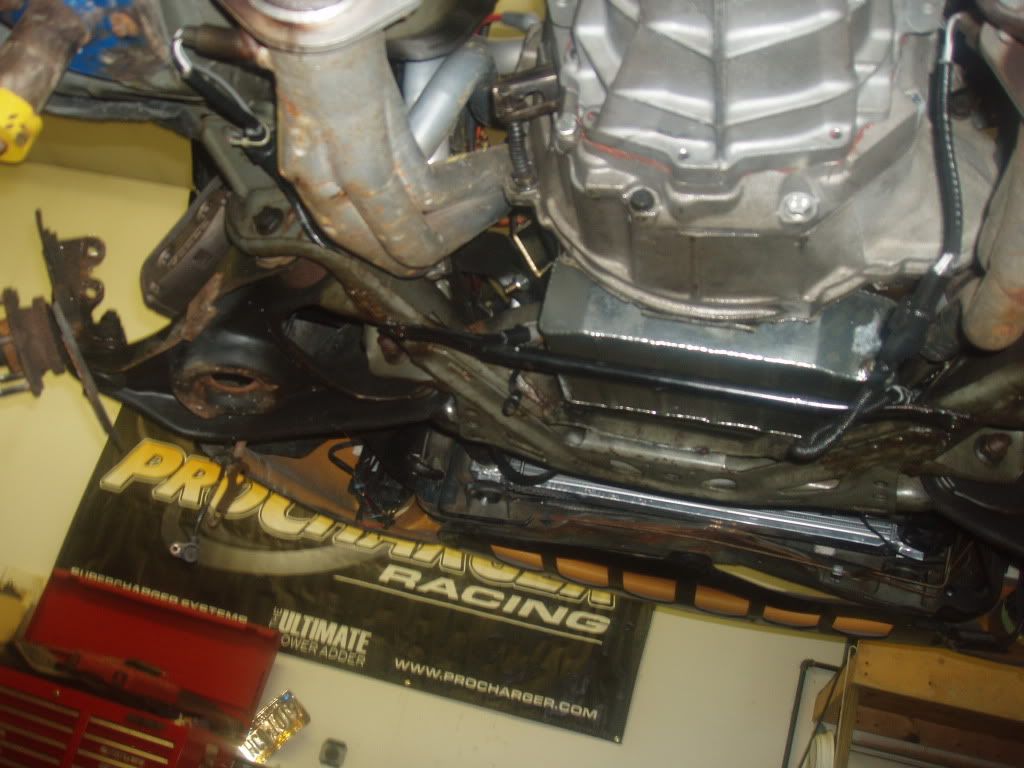The MM K-Member comes standard with a two point MM K-member Brace. Stock K-members need them, and so do aftermarket K-members. This is the only tubular Mustang K-member that has a 2-point brace as an integral part of the design.
Car & Truck Suspension & Steering Parts

Upr K Member Install
How your vehicle handles road conditions depends on your car's suspension system. There are two primary purposes of car suspension. One, it provides improved road handling and braking, and two, it smoothens the ride for a more enjoyable drive. How does a suspension system work? It acts as a go-between for your vehicle's chassis and the road by utilizing a complex system of suspension parts such as dampeners, springs, and steering components to determine how your wheels respond to terrain changes.
Stop the Bounce
Dampeners, or shocks, are what keeps your wheels from just bouncing up and down. There are four major types of shocks to choose from depending on your needs. Dual-tube shocks utilize inner and outer tube chambers. The inner chamber contains the main oil supply and the piston, and the outer chamber contains extra oil and extra space charged with a low-pressure gas. These are ideal for everyday driving.
Monotube shocks are more compatible with off-roading and racing. Unlike the dual-tube, the monotube contains the oil, piston, and gas in a single tube. Like dual-tube shocks, foam cell shock absorbers utilize the same design except for how the gas is stored. Instead of being free-floating, the gas is kept in small capsules, keeping it away from the oil. If you want to fine-tune your ride's height and stiffness, coilover shocks are a great option. The shocks consist of a long-travel monotube shock absorber wrapped with a coil spring.
Suspension Springs
Coil springs are most commonly thought of when suspension springs are mentioned. You'll find these slinky-shaped springs located above the front and rear wheels. Although coils provide suitable suspension for most vehicles, heavier vehicles like full-size SUVs and trucks need a stronger spring.
Upr K Member Install
Leaf springs use a stack of thick steel 'leaves' that bend and flex as the wheels traverse over uneven terrain. This type of spring provides the suspension required for heavier vehicles. Unlike coil and leaf springs, torsion bars twist to absorb the impact of potholes, speed bumps, and rough terrain. Tension bars are typically found on front-end suspension vehicles.